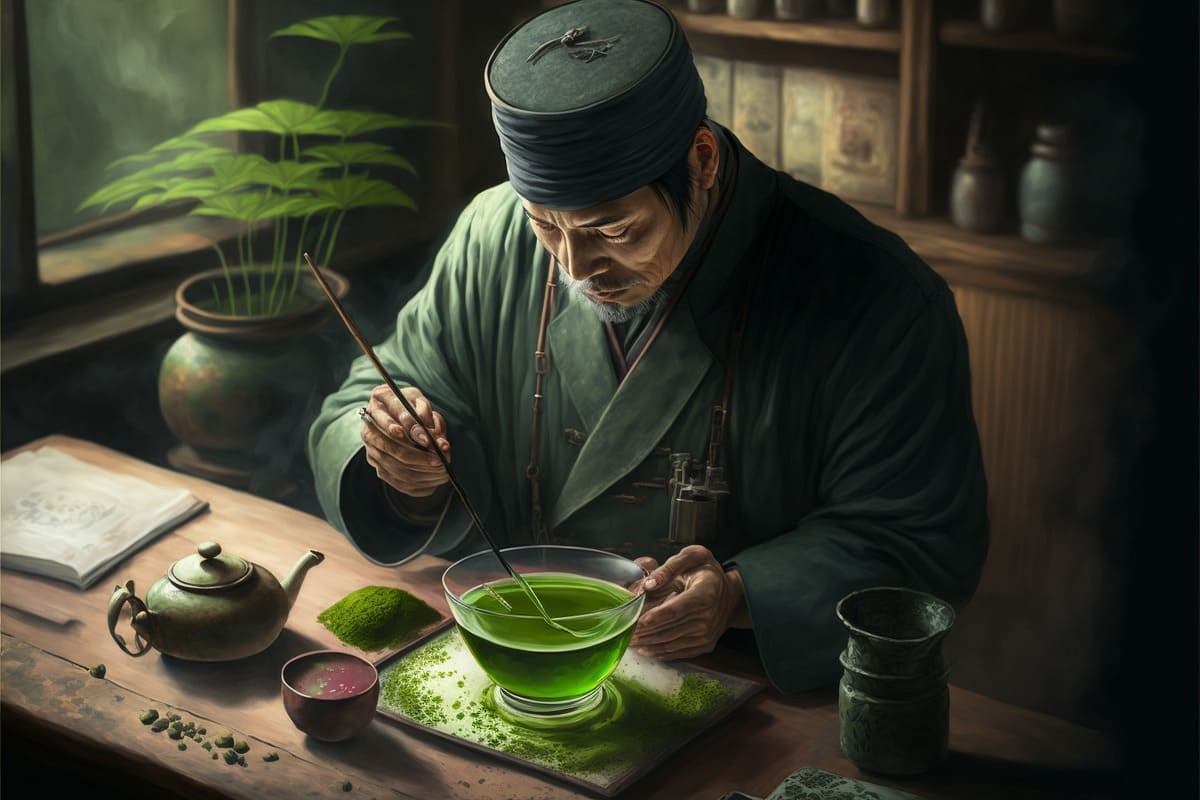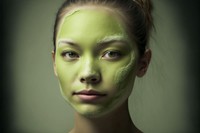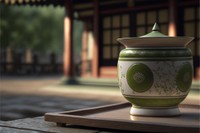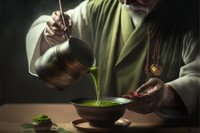The origins and history of matcha tea
The discovery of matcha green tea can be traced back to China during the Song Dynasty (960-1279). In the 8th century, the writer Lu Yu was credited with introducing the consumption of this tea. At that time, the tea leaves were crushed and mixed with a little salt before being boiled in a kettle. However, the powder form of matcha that we know today originated from Japan. The monk Eisai brought it to Japan around 1200, and it was then further refined and perfected by Sen no Rikyu.

Table of content.
The history of matcha tea in China
Matcha tea has a long history, which dates back to the time of green tea in China. Its use has changed over time, and its evolution was accelerated after it arrived in Japan. In its early days in China, green tea leaves were steamed, dried and finely ground. This allowed people to consume all the benefits of the plant and for the tea leaves to be easily transported throughout the country.
Traditional Chinese medicine used green tea boiled with ginger and jujubes. In the 8th century, Lu Yu, a Chinese writer, suggested consuming the tea without anything else added. Matcha's ancestor, dancha, was the tea whose consumption most closely resembled matcha tea today. This green tea was ground in a mortar, then boiled in water with just a little salt. Later, Chinese people used a bamboo whisk, now known as a chasen whisk in Japanese, to mix matcha with hot water.
The only difference with current matcha consumption is that the tea is first put into a bowl before hot water is added.
Comming in Japan
The discovery of ground green tea by the Japanese was first made by Myoan Eisai, a Buddhist monk who travelled to China in 1187 to learn more about tea and its benefits. Kukai and Saicho, two other Buddhist monks, later brought back seeds of this green tea from China to Japan.
Although the tradition of consuming this tea was slowly being lost in China, it was gaining popularity in Japan, where it was only available to Buddhist monks for use in their training. In 1500, the tea ceremony based on Zen philosophy was introduced and matcha tea was part of this ceremony. This allowed Buddhist monks to introduce this tea to the aristocrats and samurai who served the shogun at the time.
Sen no Rikyu, a renowned figure of the Japanese "way of tea", was an advocate of tea ceremonies and taught the principles of tea and Zen, including the idea of "enjoying the colours, nourishing one's mind, purely appreciating tea and respecting others while enjoying it calmly". His teachings and philosophy are still remembered today. Matcha tea has been gaining worldwide popularity in recent years and is highly valued for its numerous health benefits, distinct "Umami" (5th flavor) taste and aesthetics.




